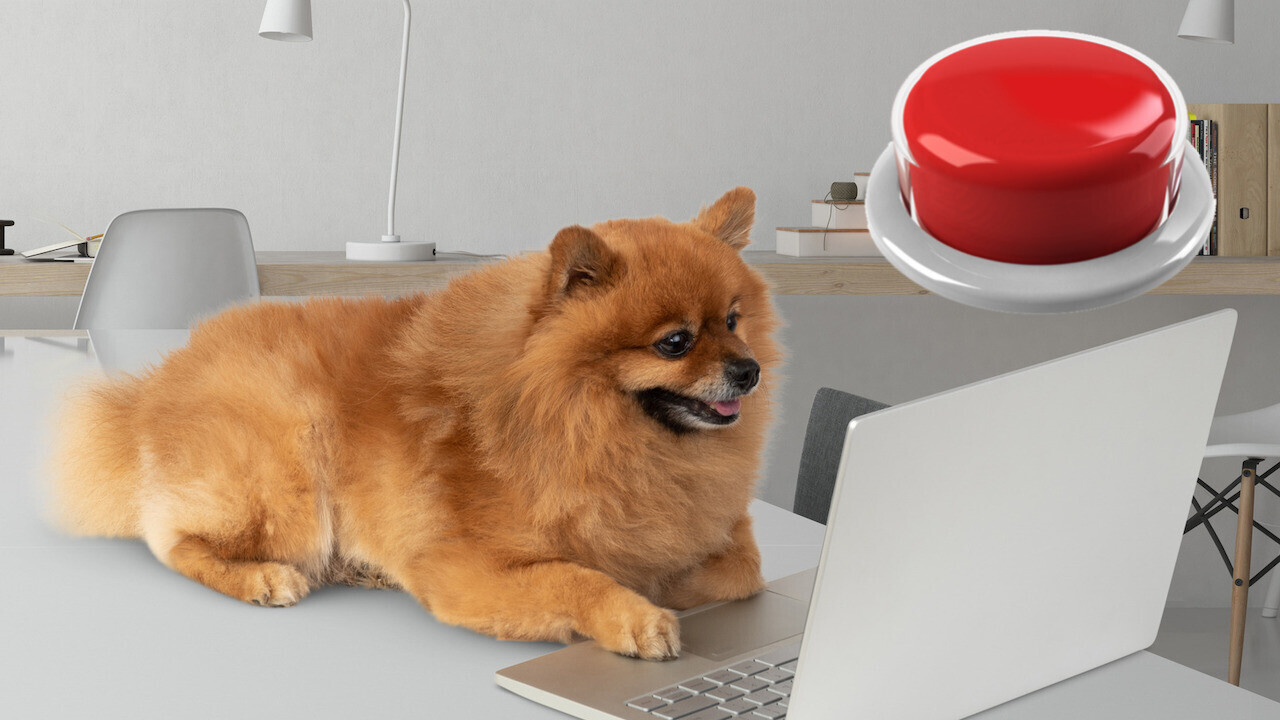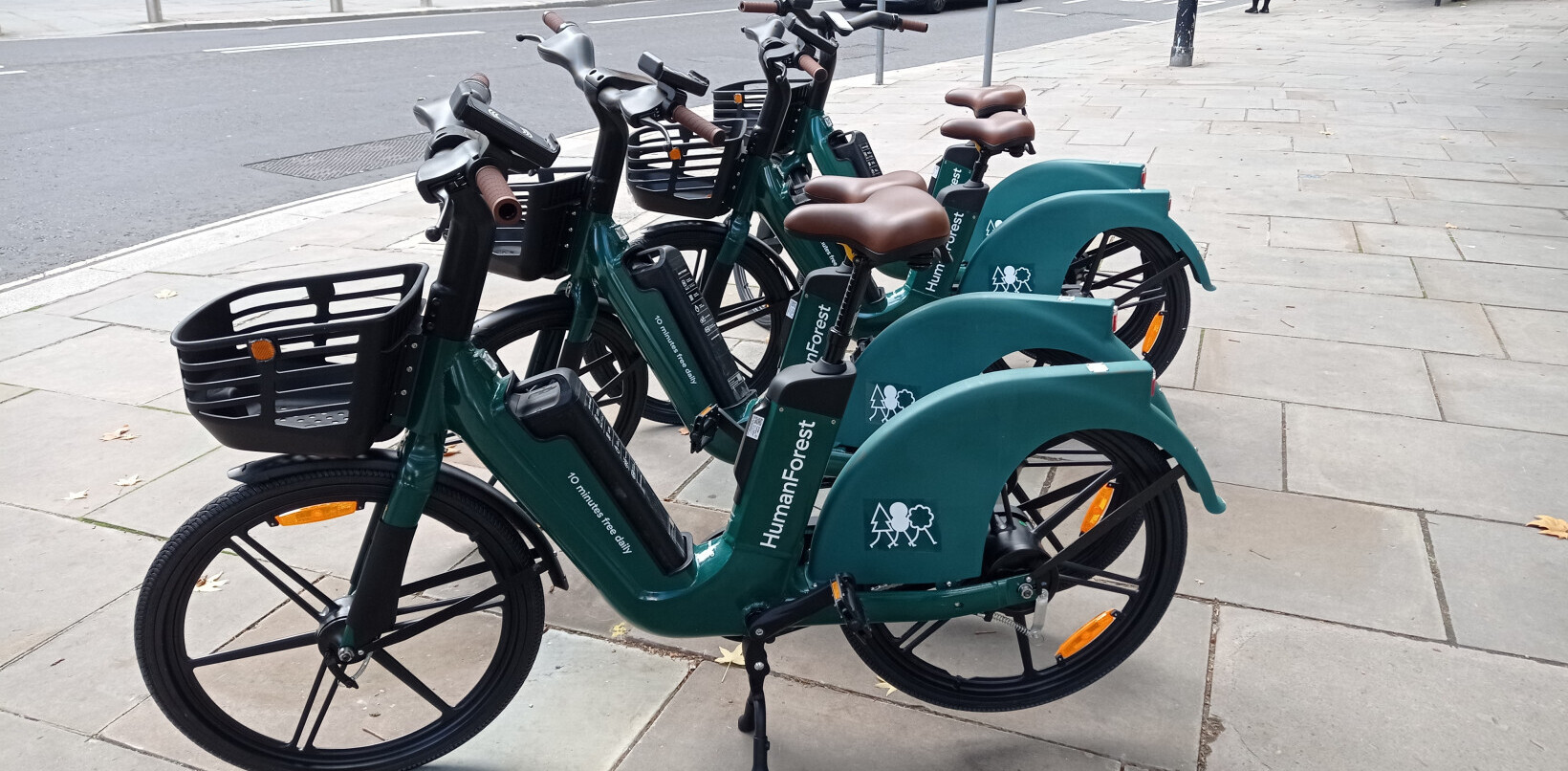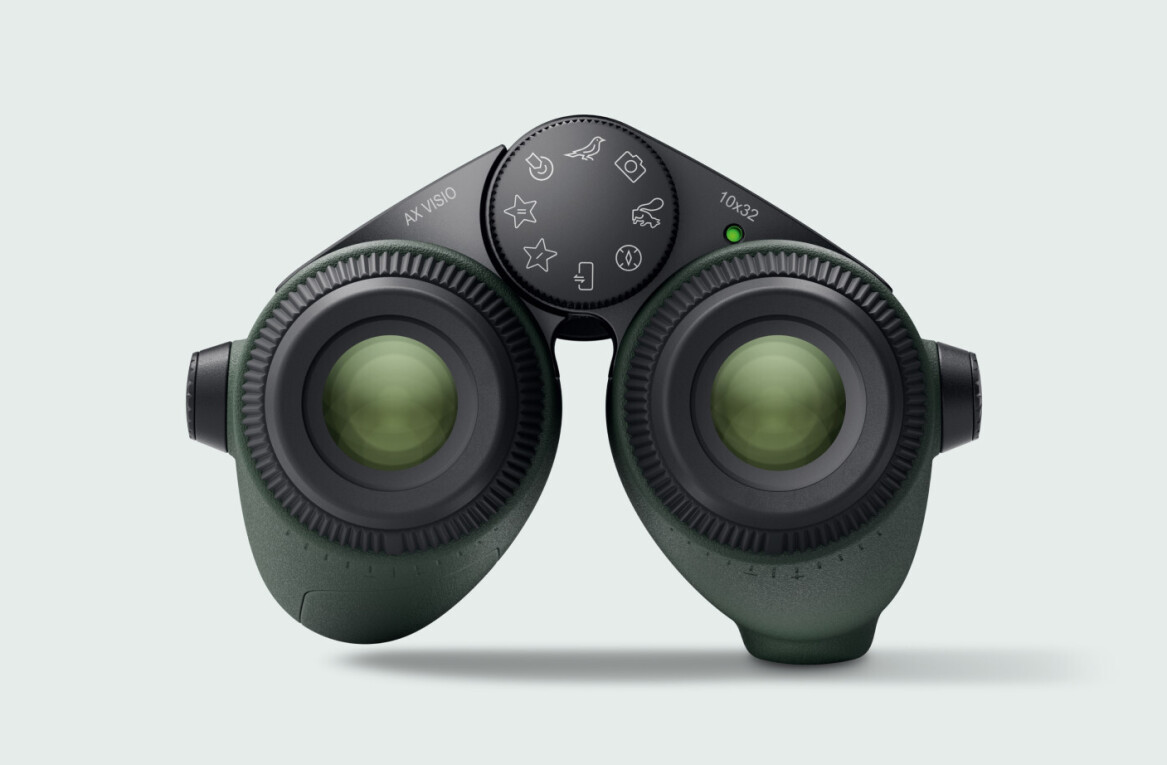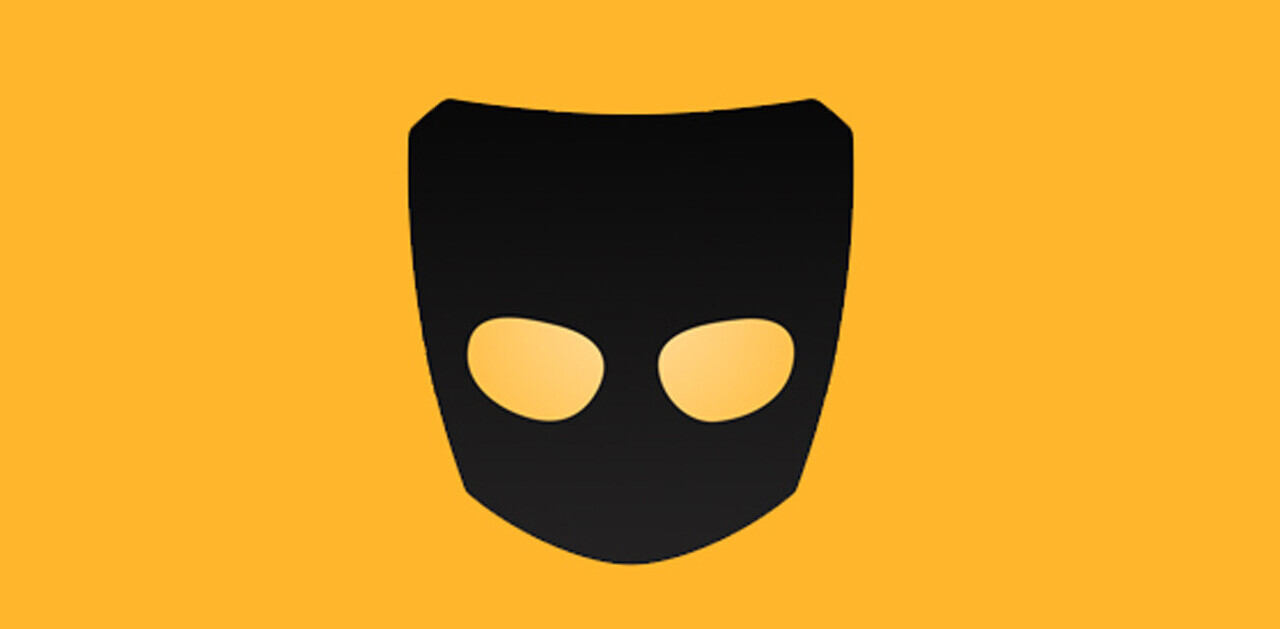
While billboards and television ads were once the height of advertising strategies, today, people spend the majority of their day on their devices, whether it’s their mobile, laptop, or ipad. For brands, having the power to send audiences personalized offers and messages directly to their screens is a golden marketing opportunity.
Just like a message from your crush, the best push notifications come complete with a proposition that makes your heart race. Maybe it’s a discount, access to new features, or exclusive information you won’t find anywhere else. Whatever it is, it’s juicy.
Appearing in the same place as the missed calls from your mum, push notifications feel oddly personal. Monzo’s telling you to stop spending so much on takeaway. Tinder is informing you you’ve matched with your ex again. Netflix compels you to rewatch your comfort show. For the 11th time.
They demand attention, yet, once clicked, disappear into the ether like they never even existed. Lingering on your locked screen for a fleeting moment. Only for you. And that’s just on mobile.
Web and desktop push notifications allow brands to grab users’ attention at any time of their choosing. You can direct people to your brand spanking new app, or toot your latest offers on their monitor. Running on the same technology as email, no device is off-limits for the humble push.
But, while push notifications have huge potential for your growth marketing strategy, they also come with two major challenges. The first one is actually enticing your audience to opt-in to your notifications. Then, once you gain access to that sacred space, you need to maintain the delicate balance of sending the right messages at the right time, without overwhelming them.
So before you go full Salt-N-Pepa and push it real good, let’s take a look at how to properly integrate push notifications into your growth marketing strategy.
Looking for a sign (up)?
Everything has a price, and your users are no fools. In return for their consent, you’ll need to deliver value that can’t be found elsewhere. Otherwise, what’s the point?
Push notification pros, Notix, recommend focusing on Scarcity, Urgency, and Exclusivity (SUE), so that every notification you send strikes a chord with users. If your audience feels like they’re getting a sweet deal from you, it’ll be hard to toggle those notifications off.
Of course, they need to know what they’re consenting to in the first place. So tell them upfront what they can expect to receive in exchange for their sign up. If someone opts into your push notifications, only to be bombarded with ads that aren’t mentioned anywhere in your welcome sequence, it’ll leave a bad taste in their mouth.
Instead, provide a clear description of how you’ll be using push notifications to give users a top-class experience. Offer extras that can’t be found anywhere else, so the only way to access them is by signing up. Early access to new features or discounts and offers gives your users a reason to sign up. Exclusivity? Nailed it.
And maybe this sounds counterintuitive, but you also need to make it ridiculously easy to turn push notifications on and off. Subscribers should be able to set their preferences and have them respected.
How you frame users and their consent is integral to a successful push notification strategy. Notix took one gaming platform from 200K subscribers to six million in three weeks, but only once they started to position users as an asset. The strategy was far from aggressive — with just two push notifications per day.
When push turns to shove
Ever notice how JustEat always sends push notifications at mealtimes? Sometimes they’ll even sneak a discount in for good measure. And no, it’s not because they can hear your stomach growling in the distance.
User consent is a precious thing. Knowing when and how many push notifications to send is the difference between an engaged audience and an enraged one. Don’t let push turn to shove.
To maintain an engaged audience, look to your customer analytics. Or, if you’re not already analyzing customer data, find someone who can do that for you. Pinpoint when your user base spends the most time on your app or platform.
If your customers are mainly young professionals, the morning and evening commute could be most effective. If they’re busy parents, evening time (after the children have been put to bed) might work better. See why JustEat sends meal time discounts now?
As a baseline for success, every push notification should provide value for the end-user. A capitalized command to come back to your app and complete a purchase doesn’t count as value. However, offering a discount on an abandoned cart arguably does.
Your push notification strategy should also be segmented, so every customer receives something they find useful. Think about it; if you send a push notification to every user at 12PM GMT, global audiences will miss out.
Seeing stacks (of cash)
You’ve got the sign-ups. And you know when and what to send users. The question is, how can you use this to influence growth?
There are a few ways to monetize push notifications. As we’ve already explored, you can use push notifications to deliver exclusive deals and discounts that direct customers to your app or website. But you can also work with partners to incorporate targeted ads into your strategy.
Start by investigating your customer data and finding partners that speak to your users. They should also complement your brand, so it doesn’t feel out of pocket for your audience to receive their notifications.
According to Notix, you can improve subscription chances with ads that utilize location and device type data. Personalized ads are more effective than generic ones. So you might need to explore several partnership opportunities, depending on where your audience is located.
More than a quick buck, push notifications can play a vital role in your broader growth strategy. You can use them to drive new users to your app, by sharing exclusive offers in web and desktop notifications. Or, boost average order value with deals and discounts delivered at optimized times.
Consumers are demanding personalized experiences, and the research points to better outcomes for brands that provide them. In this Accenture survey, 91% of respondents stated that they’re more likely to shop with brands that, “recognize, remember, and provide relevant offers and recommendations.”
Safe to say, a little nudge to your customer that their favorite product is on sale won’t go amiss. But er on the side of caution — in the same survey, 41% of participants find it creepy when brands send them messages if they walk past physical stores. You can leave the weird stuff to Tinder.
Push notifications aren’t going anywhere. Unless of course, you irritate your audience enough that they unsubscribe from them. So the best piece of advice in this article is the one that appeared at the beginning: you’re sharing space with mum’s missed calls, make sure your push notification deserves it.
Get the TNW newsletter
Get the most important tech news in your inbox each week.





